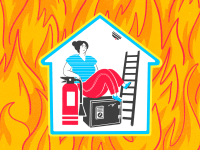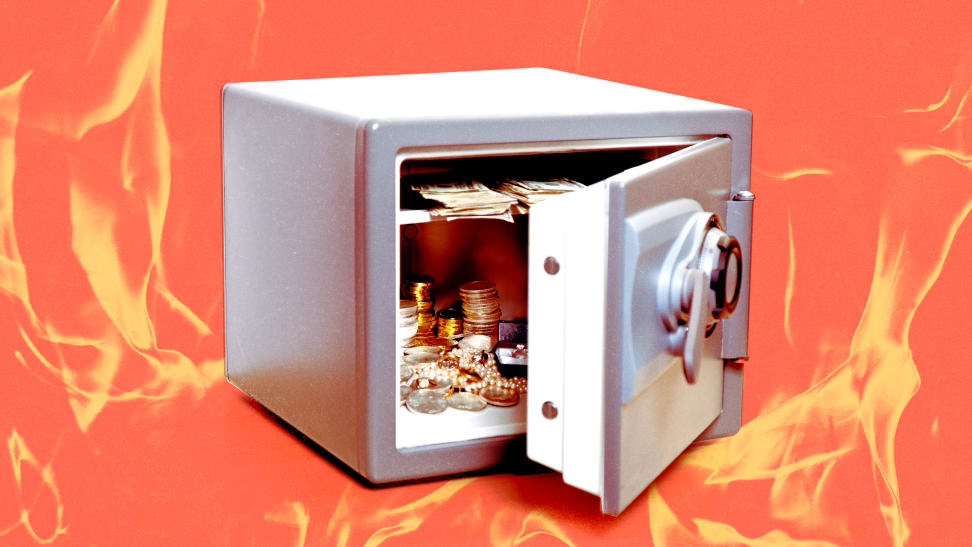 Credit:
Getty Images/Reviewed
Credit:
Getty Images/Reviewed
Recommendations are independently chosen by Reviewed's editors. Purchases made through the links below may earn us and our publishing partners a commission.
Wildfire season rages on as we head into the end of August. California and Texas are just a few of the states where wildfires raged earlier this month. The most high-profile wildfire, however, is undoubtedly Hawaii’s Maui fire, which has proven to be one of the deadliest wildfires in our country’s history.
Even those who haven’t experienced a nearby wildfire have been feeling the impacts of wildfire season due to the Canadian wildfire smoke that has been blowing throughout the states these past few months. As the high season for wildfires continues across the country, which is roughly May through October, there is no better time to proactively prepare your home and belongings against the threat of fire.
To find out if you live in an area that’s susceptible to wildfires, this map of national fire zones and fire activity, created by the government’s National Interagency Fire Center is a great resource to find out your proximity to a fire zone.
If you suspect a wildfire is in your future, there are ways to protect your valuables, important documents, irreplaceable photos, and money. While getting yourself and your loved ones to safety is paramount during a wildfire, here are a few ways you can plan ahead to keep your most prized possessions safe, too.
1. Digitize your documents

You don't need a massive flatbed scanner to digitize important documents.
Eliminate any future headaches by creating digital files of all of your most important documents. If hard copies of certain things, like birth certificates, are destroyed, they’ll need to be replaced, but having digitized backups of all of your most important information will make the replacement process much smoother.
You can use an app like Doc Scan, which you can download to your phone, or, if you prefer a physical document scanner, you can try a portable, rechargeable, Wifi-enabled paper scanner.
2. Store your original documents safely
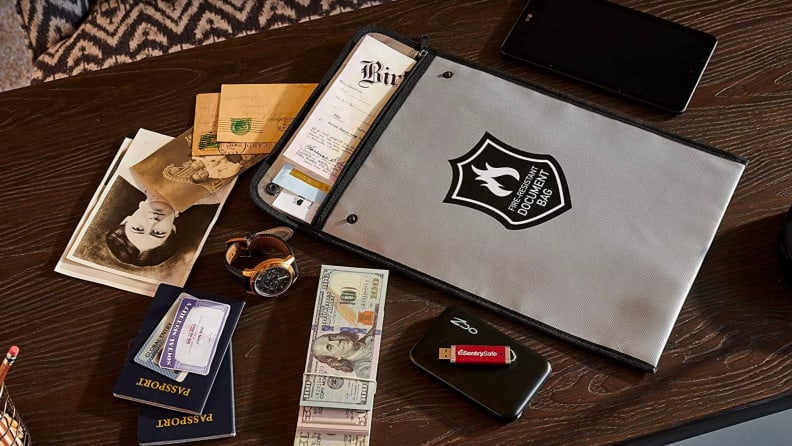
Keep physical copies of important items like passports and family heirlooms in a fire resistant folder or safe.
Items like birth certificates, passports, wills, deeds, and other legal documents are technically replaceable, but going through that process is no fun. There are plenty of water- and fire-resistant document bags that are made to endure exposure to high heat and can protect, not just documents, but any small valuables you cherish.
Another option is to use a fireproof safe such as the SentrySafe CFW20201, which is the best you can buy thanks to its small, portable size and convenient handle. While products like these are only meant to withstand heat for a short time, they will protect contents against temperatures up to 1,550°F.
3. Make sure you’re insured
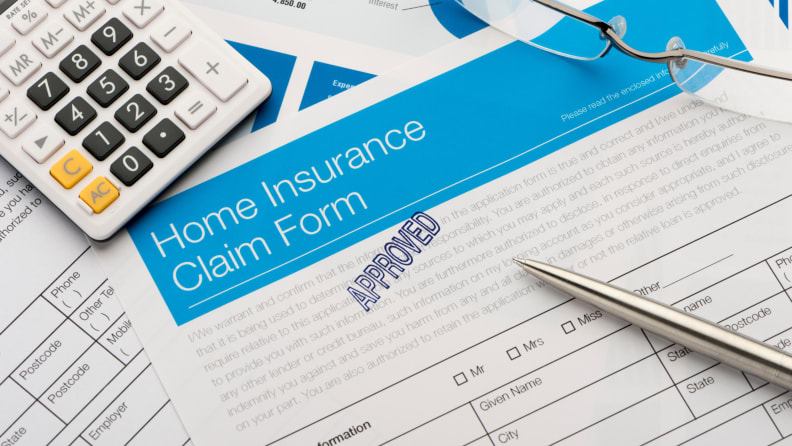
Make sure your home insurance policy is up to date.
There’s only so much you can take with you if you find yourself in an emergency evacuation situation, and when you leave precious belongings behind in a fire, it’s essential to make sure some of it can be replaced.
This is where the right kind of insurance policy is essential. Depending on the circumstances, a traditional homeowners insurance policy will protect against some damage against natural disasters, but it all depends on where you live and what situation you find yourself in.
Coverage in a flood zone, for instance, is vastly different than coverage in a wildfire zone. In areas prone to certain kinds of disasters (especially those exacerbated by climate change, and occur more frequently than they have in the past), insurers can even change and reduce policies unbeknownst to their policy-holders.
This practice has become so common that in 2021, California issued a moratorium preventing insurance companies from pulling coverage in high-risk areas).
As fire season approaches, check with your insurance provider to make sure your home and valuables are covered and that your coverage has not been reduced or eliminated.
4. Keep an inventory of your belongings

Keep track of your collections with the MyStuff2 Pro app.
It might sound tedious to go through your entire home and make a list of every single thing you own, but in the case of a fire where many of your belongings are lost or destroyed, it will make processing your insurance claims much easier.
The Insurance Information Institute suggests going room by room and taking it slow, photographing belongings or using an app like MyStuff2 Pro to keep track of your items. The organization also suggests retaining receipts for large appliances and valuable items and storing those receipts safely to keep a running list of items as you buy them.
5. Create a fire-resistant barrier around your home
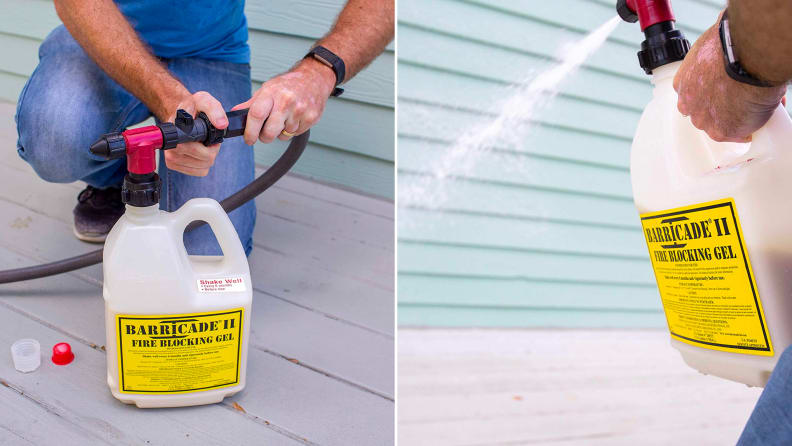
Don't just rely on spray-on thermal protectors to secure your home.
The most important safety precaution you can take is to create a defensible space with fuel breaks, limited debris, and proper landscaping to ensure that fire doesn’t reach your home and valuables.
There are many spray-on chemical products that claim to offer additional fire-proofing to your home and property when applied to your home’s exterior, but it is essential to note that these kinds of products should never be used in place of other safety measures, but as a backup system
Stacey Sargent Frederick of the California Fire Science Consortium explains, “The biggest concern that fire professionals have around both gels and water sprinkler systems is that they can create a false sense of security, where people will put these in place, but not take on the home hardening and defensible space mitigation efforts that are much more tried and true with science-tested results. There are so many products that have sprung to the market claiming to be fire-proofing that evaluating which ones do and don't work is an issue.”
That’s not to say these spray-on thermal protectors are all bad, they should just never be considered the first or only protection for your home.
Sargent Frederick recommends, “Start with home hardening and vegetation management in the defensible space zone. If you're looking to use a sprinkler system in addition to these, having a gravity-fed system with a separate water supply (i.e. a water tank or pool) or applying a non-toxic coating or gel could be considered, but with no guarantees for effectiveness until we have the science to support it.”
While things like sprays seem like a quick and easy way to protect your valuables against the heat and flame of wildfires, there is unfortunately no quick version of fire safety. But, by employing some of the tips above and being prepared, you can help cut your losses and protect your valuables as best you can.




